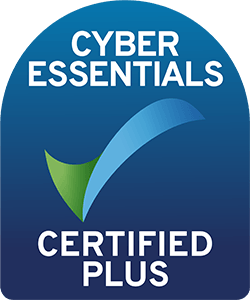We may love our in-depth qualitative research tools, but we know the value of integrating both qual and quant methods. That’s why we have built our DIY quantitative research sample size calculator. From some basic information, this tool displays the recommended sample size required for your research to be statistically significant.
Use the calculator to work out how many people you need to complete your survey or poll to be confident in the accuracy of your results.
Not sure what values to use? This brief guide explains the terms used in our sample size calculator, in addition to providing recommended values for optimum results.
Sample Size: Your sample size is the amount of consumers in your target population that you will be researching. This calculator provides a recommended sample size – i.e. the minimum amount of consumers you need to research for your results to be statistically significant within your defined parameters.
Population Size: The population size is the approximate amount of consumers in the group that you want to research. For example, if you want to understand the internet usage habits of the entire UK population, your population would be all UK consumers (64.6 million at the latest estimate).
Confidence Level: A confidence level is defined as the statistical probability that the value of a parameter falls within a specified range of values. Therefore a confidence level of N% means you can be N% sure that your results contain the true mean average of the designated population.
In market research, the most commonly used confidence level is 95%. A higher confidence level indicates a higher probability that your results are accurate, but increasing it can dramatically increase the required sample size. Finding a balance between confidence and an achievable research goal is crucial.
In this calculation, each confidence level is translated to a z-score. A z-score is a statistical method for rescaling data that helps researchers draw comparisons easier. The following table details the z-score generated from each confidence level:
| Confidence Level | z-score |
| 90% | 1.645 |
| 95% | 1.96 |
| 99% | 2.58 |
Margin of Error: The margin of error is the maximum acceptable difference in results between the population and sample. On a basic level, if a poll were to ask 1,000 people if they drive a car and 70% of people were to answer yes – a margin of error of +/- 5% would indicate that in the total population, between 66.5% and 73.5% would answer in the same way.
The smaller the margin of error, the more representative of the total population the results will be. However, decreasing the margin of error will also result in a sharp increase in sample size. We recommend using a 5% margin of error as standard, which should never be increased above 10%.
The DIY Sample Size Calculation
Want to work out your required sample size by hand? Our free calculator uses the following equation. Simply follow the steps below to work out how many research participants you need to complete your research.
S = (z2 (d(1 - d))/ e2) / 1 + (z2 (d(1 - d)) / e2)
S = sample size | P = population size | z = z-score | e = margin of error | d = standard deviation
Please note that our calculator assumes a standard deviation of 0.5. Use the manual equation to change the standard deviation.
Now that you have calculated the recommended amount of participants required to make your results statistically significant, the next step is to invite participants. In our experience, a typical panel based survey will yield a 15%-20% response rate without an incentive, but approximately a 30% response rate when a relevant incentive is offered. There are a multitude of factors that can affect survey response rate, from length to design, acessibility to relevance.
However, by using an estimate of 30% survey completion and the minimum sample provided by our calculator, it is possible to work out how many consumers you'll need to reach. For example, if you need to reach a minimum sample of 1,000 consumers - you'll need to invite approximately 3,334 consumers within your target population (S (1 - 0.7).
| Tweet This | |
| "I used the FlexMR sample size calculator to work out my ideal quantitative research sample." |
What are your top tips for improving survey response rates? Let us know in the comments below and start a discussion.

















